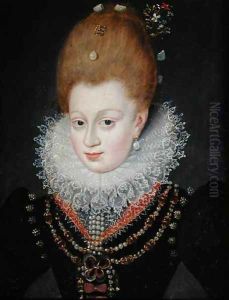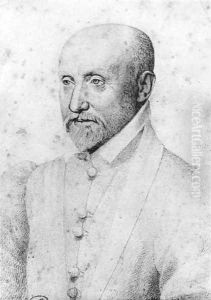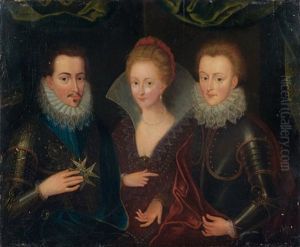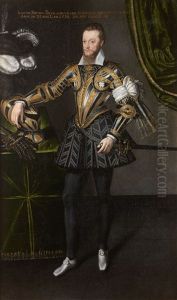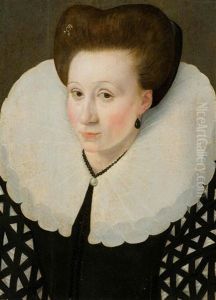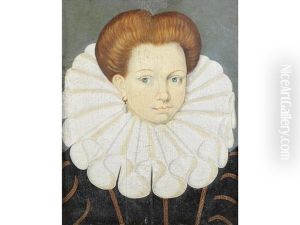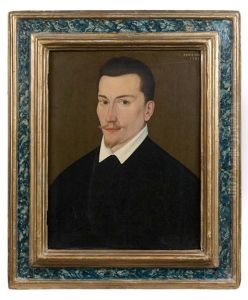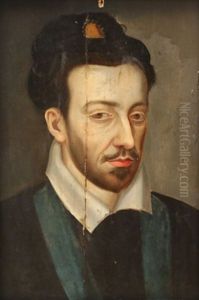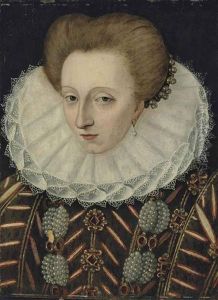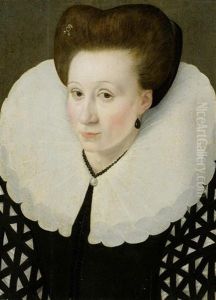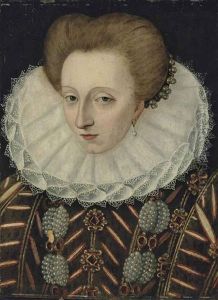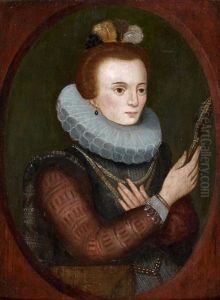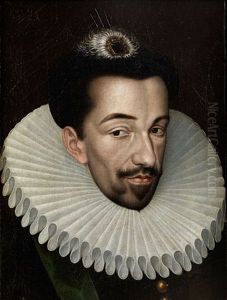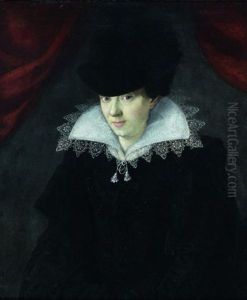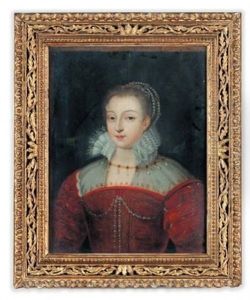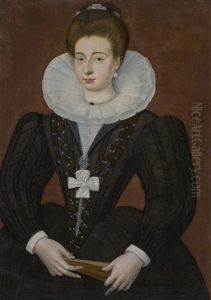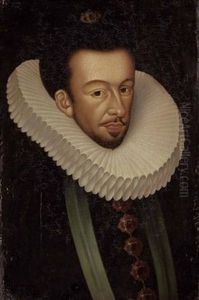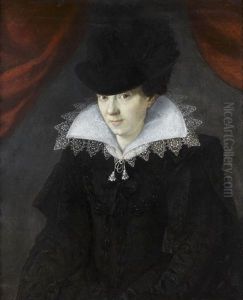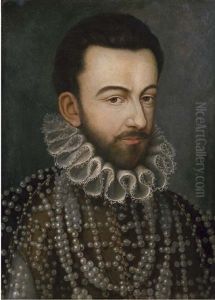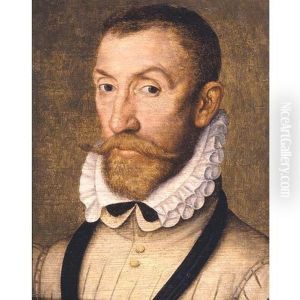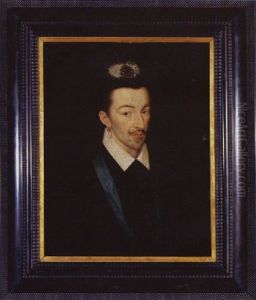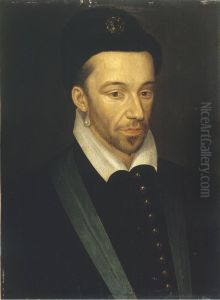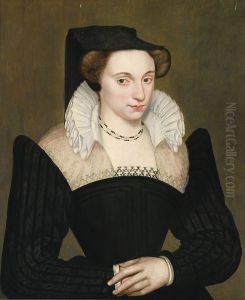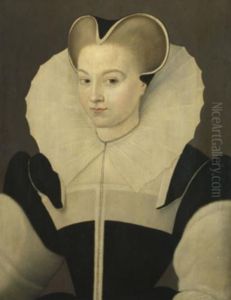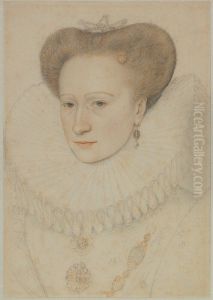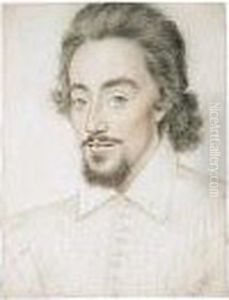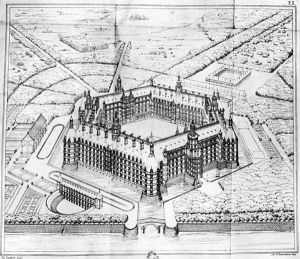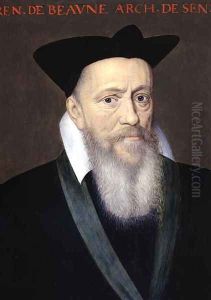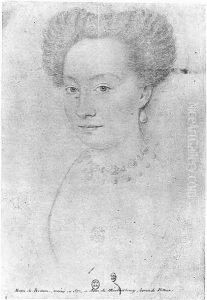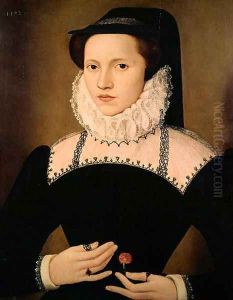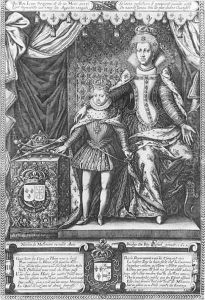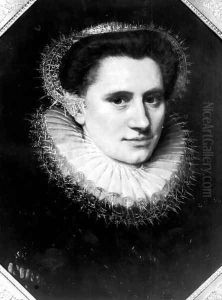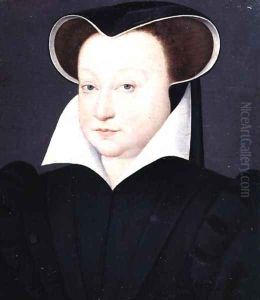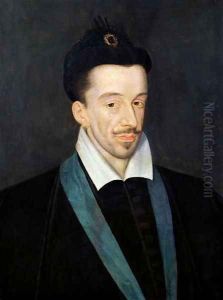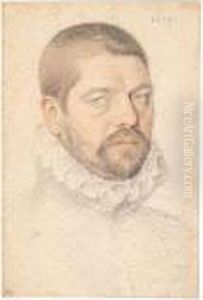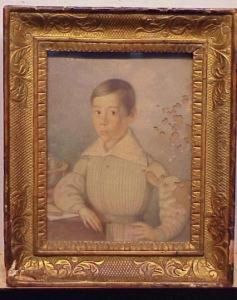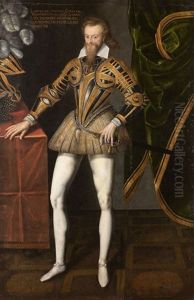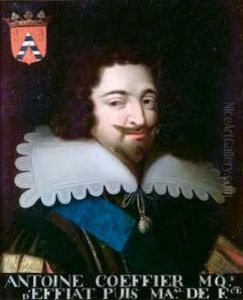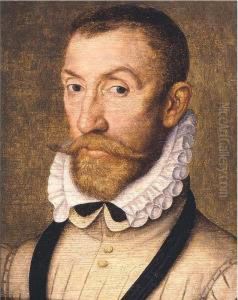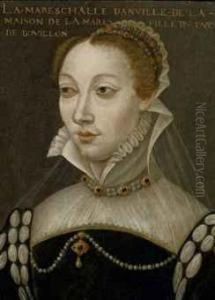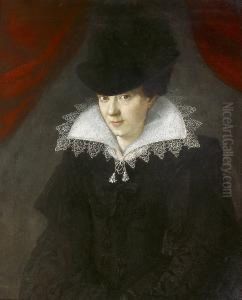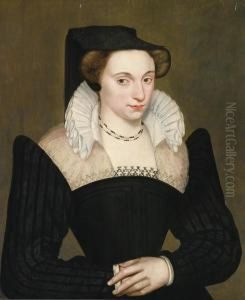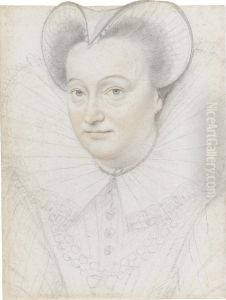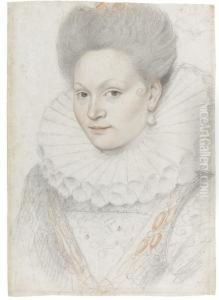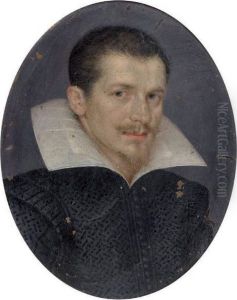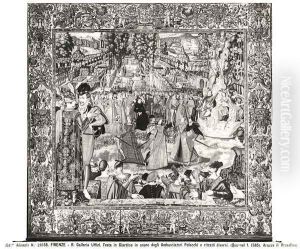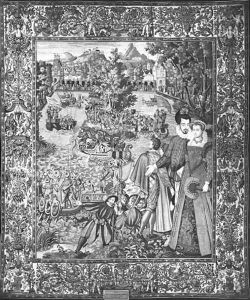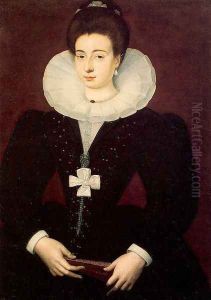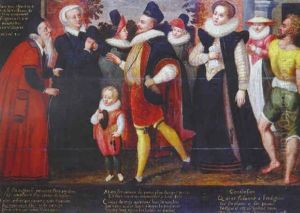Francois, the Elder Quesnel Paintings
François Quesnel the Elder was a French painter and engraver of the late Renaissance period, born in 1543 in Edinburgh, Scotland, to French parents. His family background was artistic, which deeply influenced his career path. The Quesnel family returned to France during François' early childhood, where he was raised and educated in the arts. He became known for his distinct style that blended French and Italian Renaissance influences, showcasing his versatility in both painting and engraving.
Quesnel's artistic journey began under the tutelage of his father, who was also an artist. He later worked in the studio of François Clouet, a renowned French Renaissance painter, where he honed his skills and developed a keen interest in portrait painting. Quesnel's work from this period reflects a meticulous attention to detail and a profound understanding of human anatomy, which became hallmarks of his style.
Throughout his career, François Quesnel the Elder became celebrated for his portraits of the French nobility and royalty. His ability to capture the elegance and sophistication of his subjects won him favor among the elite circles of France. Besides portraits, Quesnel also engaged in creating religious and mythological paintings, demonstrating his versatility and creative range.
In addition to painting, Quesnel was an accomplished engraver, contributing to the dissemination of the Renaissance style throughout France. His engravings are noted for their precision and clarity, serving as a testament to his mastery of the medium.
François Quesnel the Elder's contributions to the arts were not limited to his own creations. He played a significant role in the French artistic community, influencing the next generation of artists. His legacy is preserved in his numerous works that continue to be admired for their beauty and craftsmanship.
Quesnel's life was a reflection of the Renaissance spirit, embodying the quest for knowledge and the celebration of artistic achievement. He passed away in 1619, leaving behind a body of work that continues to inspire admiration and study. His influence extends beyond his lifetime, marking him as a significant figure in the history of French Renaissance art.
